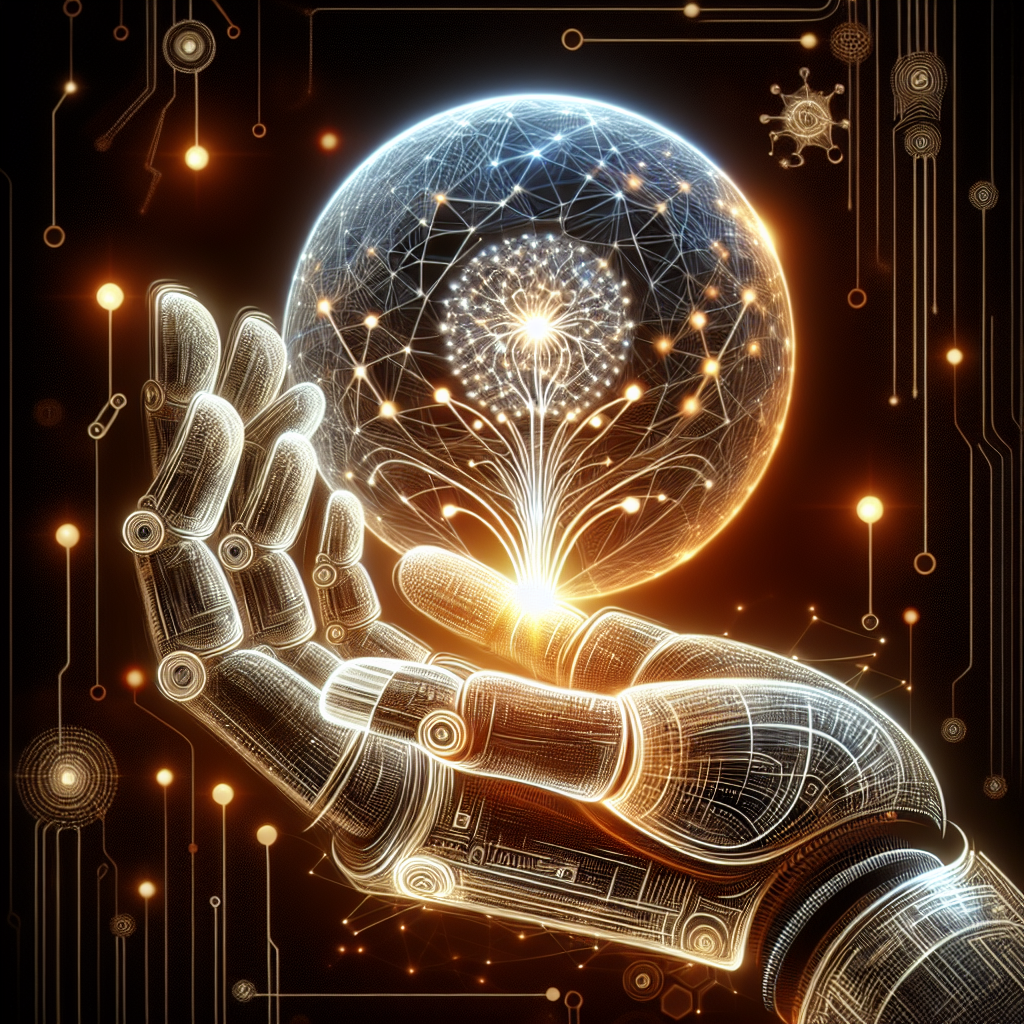With the rise of AI-powered robotics in various industries, protecting personal data has become more critical than ever. These advanced technologies have the potential to revolutionize the way we live and work, but they also pose significant risks to our privacy and security. In this article, we will explore the challenges and opportunities of protecting personal data in the era of AI-powered robotics, and provide practical tips for safeguarding your information.
Challenges of Protecting Personal Data in the Era of AI-powered Robotics
One of the biggest challenges of protecting personal data in the era of AI-powered robotics is the sheer volume of data that these technologies collect and process. AI systems are capable of analyzing huge amounts of data in real-time, which means that they can potentially access and store a vast amount of personal information. This raises concerns about how this data is being used and whether it is being adequately protected from unauthorized access.
Another challenge is the complexity of AI systems themselves. These technologies are constantly evolving and becoming more sophisticated, which makes it difficult to predict how they will behave in different situations. This can make it challenging to implement robust security measures that can effectively protect personal data from potential threats.
Furthermore, the integration of AI-powered robotics into everyday devices and systems also increases the risk of data breaches and cyber-attacks. These technologies are often connected to the internet, which means that they can be vulnerable to hacking and other malicious activities. This puts personal data at risk of being stolen or misused by cybercriminals.
Opportunities for Protecting Personal Data in the Era of AI-powered Robotics
Despite these challenges, there are also opportunities for protecting personal data in the era of AI-powered robotics. One of the key advantages of AI technologies is their ability to detect and respond to security threats in real-time. AI systems can analyze vast amounts of data to identify patterns and anomalies that may indicate a potential security breach, allowing organizations to take proactive measures to protect personal data.
Additionally, AI technologies can also be used to enhance data encryption and authentication measures, making it harder for cybercriminals to access personal information. By using AI-powered encryption algorithms and biometric authentication systems, organizations can strengthen their security protocols and protect personal data from unauthorized access.
Moreover, AI-powered robotics can also be used to improve data privacy and compliance measures. These technologies can help organizations automate data protection processes, such as data anonymization and deletion, to ensure that personal information is handled in accordance with privacy regulations. By leveraging AI technologies, organizations can streamline their data protection efforts and reduce the risk of data breaches and compliance violations.
Practical Tips for Protecting Personal Data in the Era of AI-powered Robotics
To protect personal data in the era of AI-powered robotics, individuals and organizations can take the following practical steps:
1. Implement robust security measures: Ensure that your AI-powered robotics systems are equipped with strong encryption protocols, firewalls, and intrusion detection systems to prevent unauthorized access to personal data.
2. Regularly update software and firmware: Keep your AI systems up to date with the latest security patches and updates to protect against known vulnerabilities and exploits.
3. Conduct regular security audits: Perform regular security audits and penetration testing to identify and address any weaknesses in your AI-powered robotics systems that could potentially compromise personal data.
4. Train employees on data security best practices: Educate your employees on data security best practices, such as using strong passwords, avoiding phishing scams, and encrypting sensitive information, to reduce the risk of human error leading to data breaches.
5. Monitor data access and usage: Implement strict access controls and monitoring mechanisms to track who is accessing personal data and how it is being used, to detect any unauthorized activities or breaches.
Frequently Asked Questions
Q: How can AI-powered robotics impact personal data privacy?
A: AI-powered robotics can impact personal data privacy by collecting, processing, and storing vast amounts of personal information, which raises concerns about how this data is being used and protected from unauthorized access.
Q: What are some common security threats associated with AI-powered robotics?
A: Common security threats associated with AI-powered robotics include data breaches, cyber-attacks, and unauthorized access to personal information by hackers and malicious actors.
Q: How can individuals protect their personal data from AI-powered robotics?
A: Individuals can protect their personal data from AI-powered robotics by implementing robust security measures, regularly updating software and firmware, conducting security audits, training employees on data security best practices, and monitoring data access and usage.
Q: How can organizations ensure compliance with privacy regulations when using AI-powered robotics?
A: Organizations can ensure compliance with privacy regulations when using AI-powered robotics by leveraging AI technologies to automate data protection processes, such as data anonymization and deletion, to ensure that personal information is handled in accordance with privacy laws.
In conclusion, protecting personal data in the era of AI-powered robotics is a complex and challenging task, but it is essential for safeguarding our privacy and security. By implementing robust security measures, leveraging AI technologies to enhance data protection, and educating employees on data security best practices, individuals and organizations can mitigate the risks associated with AI-powered robotics and ensure that personal data is handled responsibly and securely.

